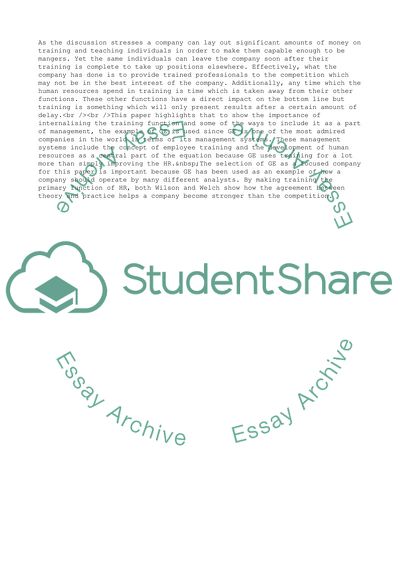Cite this document
(“GE and Employee Training Essay Example | Topics and Well Written Essays - 2250 words”, n.d.)
Retrieved from https://studentshare.org/business/1538432-ge-and-employee-training
Retrieved from https://studentshare.org/business/1538432-ge-and-employee-training
(GE and Employee Training Essay Example | Topics and Well Written Essays - 2250 Words)
https://studentshare.org/business/1538432-ge-and-employee-training.
https://studentshare.org/business/1538432-ge-and-employee-training.
“GE and Employee Training Essay Example | Topics and Well Written Essays - 2250 Words”, n.d. https://studentshare.org/business/1538432-ge-and-employee-training.


